Intro
Compare Covid vs Flu symptoms, including fever, cough, and fatigue. Understand key differences and similarities to diagnose and treat coronavirus and influenza effectively.
The COVID-19 pandemic has brought about a significant amount of concern and confusion regarding the differences between COVID-19 and the flu. Both illnesses are respiratory infections, but they are caused by different viruses and have distinct symptoms. Understanding the differences between COVID-19 and the flu is crucial for seeking proper medical attention and preventing the spread of these illnesses. In this article, we will delve into the world of COVID-19 and the flu, exploring their symptoms, causes, and prevention methods.
The flu, also known as influenza, is a contagious respiratory illness caused by the influenza virus. It can cause mild to severe illness, and in some cases, it can lead to death. The flu is highly contagious and can spread quickly from person to person. COVID-19, on the other hand, is a respiratory illness caused by the SARS-CoV-2 virus. It was first identified in 2019 and has since become a global pandemic. COVID-19 can also cause mild to severe illness, and in some cases, it can lead to death.
The symptoms of COVID-19 and the flu can be similar, which can make it difficult to determine which illness you have. However, there are some key differences. The flu typically comes on suddenly, with symptoms such as fever, chills, and body aches. COVID-19, on the other hand, can come on more gradually, with symptoms such as fever, cough, and shortness of breath. In the following sections, we will explore the symptoms, causes, and prevention methods of COVID-19 and the flu in more detail.
Covid Symptoms
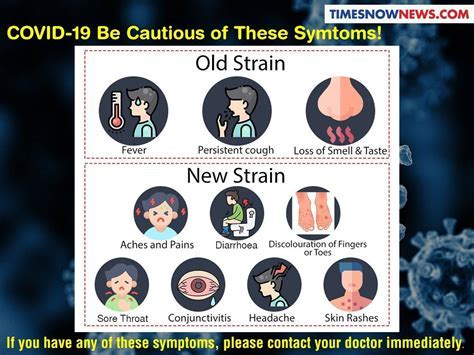
Flu Symptoms

Covid Vs Flu Symptoms
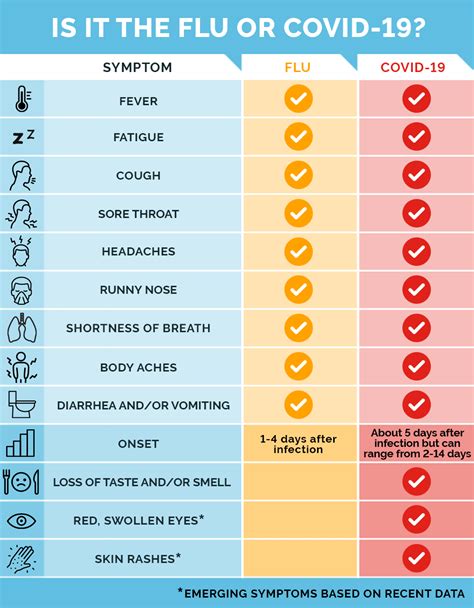
Similarities Between Covid And Flu
Both COVID-19 and the flu can cause: * Fever * Cough * Fatigue * Headache * Sore throat * Runny or stuffy nose * Body aches Both illnesses can also lead to complications, such as pneumonia or bronchitis. However, COVID-19 can cause more severe symptoms, especially in older adults or people with underlying health conditions.Covid Prevention Methods
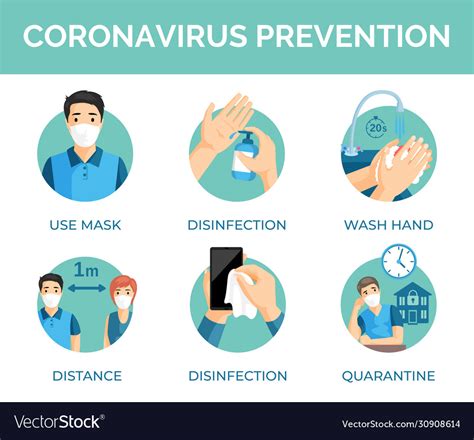
Flu Prevention Methods
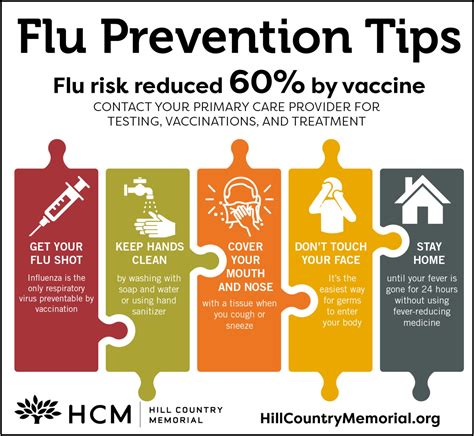
Importance Of Vaccination
Vaccination is one of the most effective ways to prevent the spread of COVID-19 and the flu. The COVID-19 vaccine has been shown to be highly effective in preventing severe illness and hospitalization, while the flu vaccine can help reduce the risk of flu-related complications. It's essential to get vaccinated every year, as the flu virus can change from year to year.Covid Treatment Options
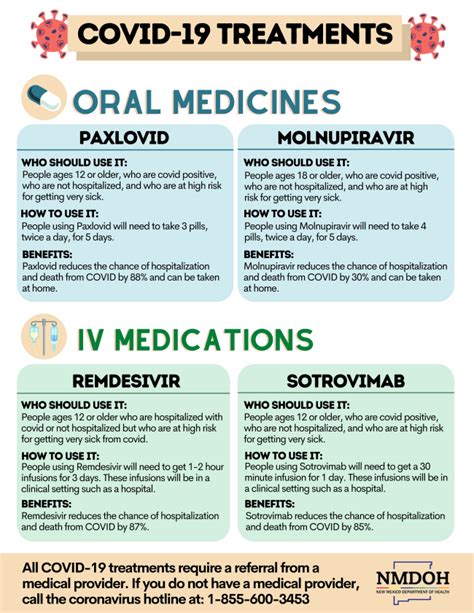
Flu Treatment Options
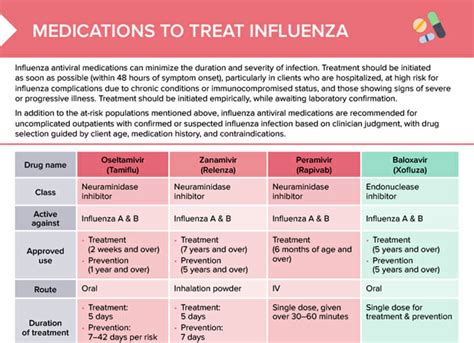
When To Seek Medical Attention
It's essential to seek medical attention if you're experiencing: * Severe symptoms, such as difficulty breathing or chest pain * Fever above 103°F (39.4°C) * Vomiting or diarrhea that lasts more than 2 days * Severe headache or stiff neck * Confusion or disorientation * Severe fatigue or weaknessWhat are the main differences between COVID-19 and the flu?
+The main differences between COVID-19 and the flu are the severity of symptoms, the speed of onset, and the potential for complications. COVID-19 tends to come on more gradually, with symptoms such as fever, cough, and shortness of breath, while the flu tends to come on more suddenly, with symptoms such as fever, chills, and body aches.
How can I prevent the spread of COVID-19 and the flu?
+To prevent the spread of COVID-19 and the flu, it's essential to wash your hands frequently, avoid close contact with people who are sick, avoid touching your eyes, nose, and mouth, and get vaccinated against both illnesses.
What are the treatment options for COVID-19 and the flu?
+Treatment for COVID-19 and the flu typically involves rest, hydration, and over-the-counter medications to reduce fever and relieve symptoms. In severe cases, antiviral medications or hospitalization may be necessary to provide oxygen therapy and other supportive care.
In conclusion, understanding the differences between COVID-19 and the flu is crucial for seeking proper medical attention and preventing the spread of these illnesses. By knowing the symptoms, causes, and prevention methods of both illnesses, we can take steps to protect ourselves and our loved ones. We encourage you to share this article with your friends and family, and to comment below with any questions or concerns you may have. Let's work together to stay informed and stay healthy!
